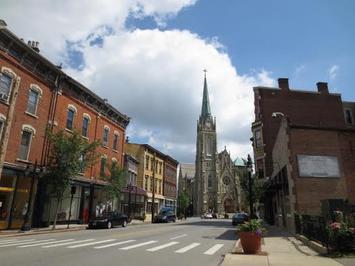
I’ve lived in San Francisco long enough (I’m getting old) that I’ve seen several waves of bright young people arrive, burn out, then move away. For some they were looking for adventure, found it, and then carried on with normal life elsewhere. But for most it was simply a matter of the numbers not adding up. Working a dead end low wage job while sharing a two bedroom apartment with seven room mates is only romantic for so long. I’m fairly inquisitive so I’ve kept up with many of these folks to see how they manage after they leave. I travel a lot and pop in to visit on occasion. The big surprise is that they aren’t moving to the suburbs the way previous generations did when they were done with their youthful excursions in the city.
Instead, they’re seeking out smaller less expensive cities with the same basic characteristics as the pricey places that squeezed them out. I’m very fond of one young couple in particular who spent time in Los Angeles, Baltimore, and Portland before finally settling down and buying a house in Cincinnati. Why Cincinnati? It’s a great town at a fantastic price. They bought a charming four bedroom century old home in an historic neighborhood a couple of miles from downtown for $50,000. Their mortgage is $300 a month. Okay, with tax and insurance it’s more like $500. And it wasn’t a fixer-upper in a slum. It’s a genuinely lovely place with amazing neighbors.
Who needs New Urbanism or Smart Growth when so many amazing old neighborhoods are just sitting out there in under-appreciated and radically undervalued cities all across North America? The Rust Belt has long since hit bottom and has already adjusted to every indignity that the Twentieth Century could throw at it: deindustrialization, race riots, white flight to the suburbs, population shifts to the Sun Belt… Now that the unpleasantness has run its course what’s left are magnificent towns ripe for reinvention. Personally I believe many of the boom towns of the last fifty or sixty years have peaked and are about to enter the kinds of steep decline we currently associate with Detroit – except the dried up stucco and Sheetrock ruins of Phoenix and Las Vegas won’t age as well as the handsome brick buildings of the Midwest.
Don’t get me wrong. Cincinnati isn’t San Francisco. It isn’t Brooklyn either, although they do have an elegant bridge by the same engineer. If you want to be a Master of the Universe in international finance, or the next super genius computer whiz, or a millionaire movie star you probably need to be in a bigger place. But most of us just want ordinary comfortable rewarding lives surrounded by good people. The big question is pretty simple. Do you want that life to involve a $500,000 mortgage on a bungalow in a coastal city, or a $50,000 place in the Midwest. Will you earn less money in Ohio? Probably. But since your overhead is one tenth the California or New York price you really don’t need the big salary or the stress that comes with it. It’s like moving to the suburbs except you get to live in a great vibrant city instead of a crappy tract house on a cul-de-sac an hour from civilization.
John Sanphillippo lives in San Francisco and blogs about urbanism, adaptation, and resilience at granolashotgun.com. He's a member of the Congress for New Urbanism, films videos for faircompanies.com, and is a regular contributor to Strongtowns.org. He earns his living by buying, renovating, and renting undervalued properties in places that have good long term prospects. He is a graduate of Rutgers University.
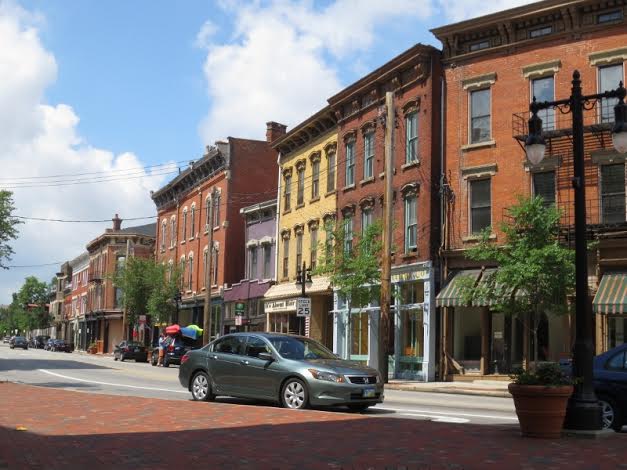

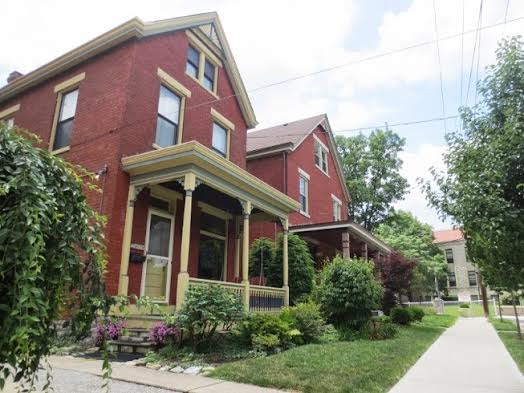

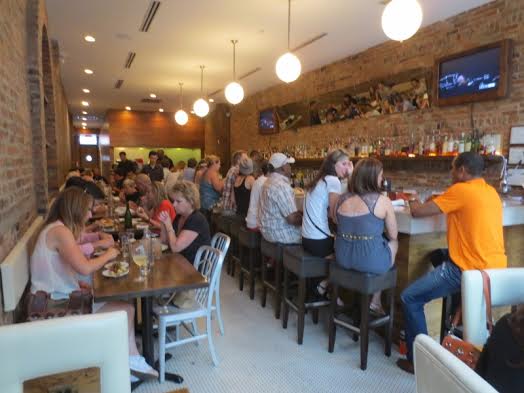
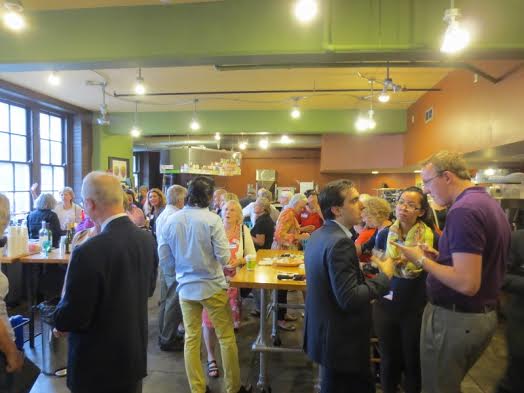
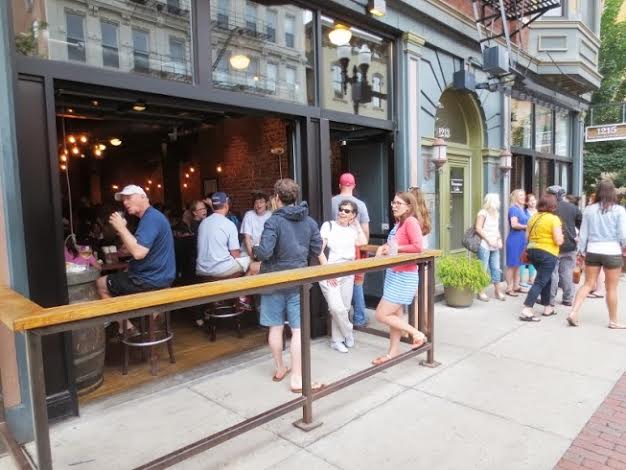
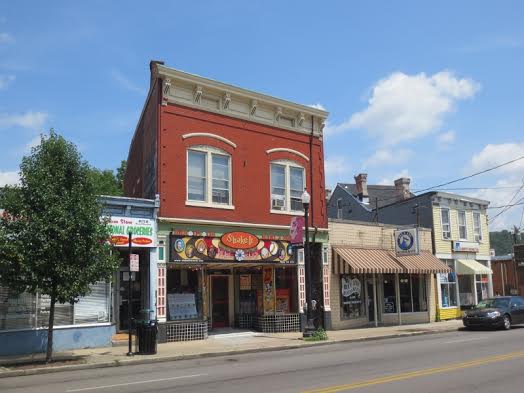
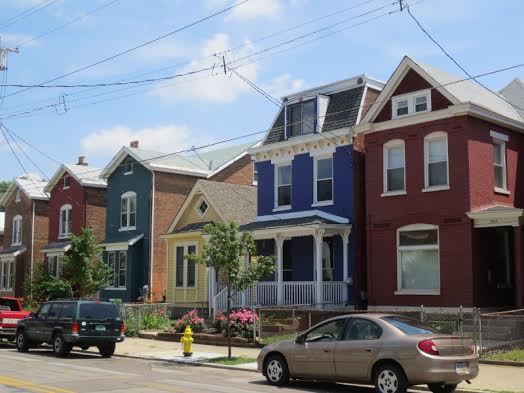
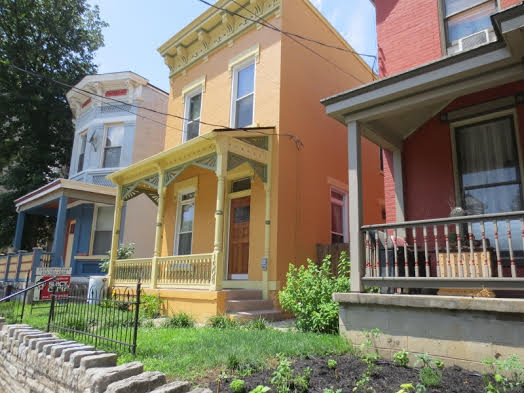




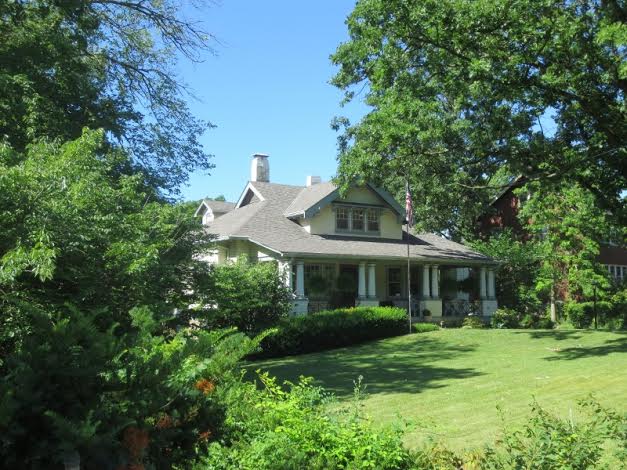
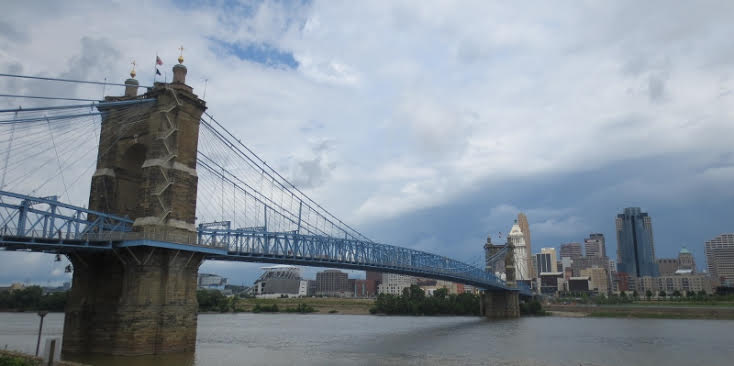













The big question is pretty
The big question is pretty simple. , thanks to post , i like post
m88 online
his is my first time i visit
his is my first time i visit here. I found so many entertaining stuff in your blog, especially its discussion. From the tons of comments on your articles, I guess I am not the only one having all the leisure here! Keep up the excellent work.
girlsdoporn
agen bola ibcbet - There is
agen bola ibcbet - There is lot of information and they are very innovative and informative. I have read the article very well and it seems to me awesome.
agen ibcbet online
You're missing the point....
The author is talking about actual cities. All of the places I mentioned in my comments are MUCH larger than the places you're referring to. You're mentioning places that are either small towns at most or more likely just sprawled out overgrown suburbs. The actual small towns you mentioned are a dime a dozen in PA alone. They exist almost every five miles in this state. The difference is they get overlooked because they don't have the spotlight on them that for whatever reason the West Coast always seems to.
Affordable Cities in the Middle of Nowhere
A few years ago, I would have written Palm Springs and the Coachella Valley. Not anymore. Riverside and San Bernardino County are facing their second housing bubble, with an escalating cost of living. And, Riverside County is strongly anti-growth, with huge impact fees.
How about Reno? Reno is turning blue (politically) as Californians move there. But it's a troubled market, due to high impact fees and a voter approved growth management act. Although, TESLA is coming.
Another would be the college town of Chico, in the northern Central Valley. It's been blue for several years. But it's old and run down. And Butte County is strongly anti-growth.
Bend, Oregon. They're not doing well, since the new Mayor is anti-growth and likes the concept of having an urban growth boundary around Bend.
Albuquerque, Rio Rancho, and Santa Fe. Housing is much cheaper than elsewhere out west. These, and other New Mexico cities, recently cancelled or reduced their impact fees. There are no urban growth boundaries around these cities.
That's as far to the east as I'm familiar with. I defer to the author for additional places "back east" that I'm not familiar with. I'm a Gen-X-er and might enjoy places such as Asheville, NC. Cincinnati would be too far north and too cold for my preferences...But it it's cheap, I'd consider it! As for the west coast, Chico, Reno, Palm Springs, Albuquerque, and Santa Fe all have too much crime.
Really nowhere on the West
Really nowhere on the West Coast except maybe Sacramento fits this. You're talking about places that are basically sprawled out suburbs as if they're real cities like Cincinnati and other Rust Belt/East Coast cities are. Maybe Albuquerque only because it's the largest city in that state and an older city but that's about it.
If you want to see real cities that are cheap like Cincinnati then nowhere comes close to the Rust Belt and East Coast. Wilmington, DE is probably the largest feeling city of less than 100,000 in the country by far. Then in PA alone you've got Allentown and the Lehigh Valley, Reading, Harrisburg, Lancaster, Erie, Johnstown, Altoona, West Chester, State College, Williamsport, and a ton of very urban boroughs all over the state with amazing architecture and a small town feel. There's a lot of those same places in Maryland as well as of course Baltimore. New York state has a ton of those places as well, on top of midsize cities like Rochester and of course Buffalo which probably has some of the best preserved older architecture in the entire country. In Ohio, there's Toledo, which like Erie and Buffalo sits on a lake as well as of course Cleveland, and Akron, hometown of LeBron. Indiana has a few smaller cities that I can't quite remember outside of Fort Wayne at the moment, while Michigan has Grand Rapids and Ann Arbor to go with Detroit, and Wisconsin of course has Madison, Milwaukee, and a few others. Outside of that there's a few smaller cities in Illinois and then Omaha in Nebraska, Des Moines and Cedar Rapids in Iowa, Tulsa in Oklahoma, and Boise in Idaho. There's also a lot of smaller cities in the South like Charleston, Columbia, Mobile, Birmingham, Savannah, Asheville in NC, Jackson, Little Rock, Knoxville, and Lexington as well as bigger cities like New Orleans, Memphis, and Louisville.
Just so we're clear, I'm only naming the affordable or relatively affordable places, many of which have suffered decline at one point or another. I'm not including cities like Nashville, Atlanta, etc or any places in New England for a reason.
Re: Western US Cities in NM, AZ, CA, NV, OR, WA
Yes, Sacramento, Auburn (CA), Grass Valley (CA), also Chico, and Redding, although Redding is very conservative, but the people are nice. Reno is good, except the downtown is dangerous. Life for the 18-40 crowd in Reno is in the suburbs, jeep trails, and up at Lake Tahoe. Although, downtown Carson City is safe, and Virginia City is probably safe. Gardnerville-Minden, NV is a good ol' boys area south of Carson City, but it's safe. Drive further south to Mammoth Lakes and it's a rich enclave of skiers from Ventura County. Although, nearby Bishop, CA is historic, and much cheaper.
Albuquerque and Santa Fe are older liberal cities, I've lived in both, and they're relatively inexpensive compared to California or Oregon. Durango, Colorado is historic and expecting rapid economic growth.
Then you have places like Flagstaff, Show Low, Snowflake, Sedona, Payson, and Eagar, in Arizona, although they are all relatively conservative good ol' boy places. I don't know about the historic older cities in Southern Arizona near Tucson (Bisbee?).
Oregon cities are expensive due to urban growth boundaries, but for those who can afford them, you have Ashland, Medford, Eugene, Bend, Corvallis, Albany, and Salem. Some of these are very conservative.
Washington cities are expensive for the same reason, and you have Olympia and Bellingham, which are both more liberal and progressive than ANY of the above mentioned cities, except Santa Fe, NM. Seattle is now too large and too expensive, due to the growth management act. Cities in eastern Washington are politically a mix, such as Ellensburg, home to Central Washington University. I like Ellensburg. Nearby Cle Elum, a French settlement, has potential for growth if they ever get the Suncadia resort going, but not much is going on there.
Note - Gays, blacks, and hispanics should be advised of white supremacists anywhere on I-5, between Eugene and Chico (I mean, Eugene and Chico are safe, but not anywhere in between. Ashland is liberal and safe, but be careful in nearby Medford, Phoenix, Rogue River, and Grants Pass.). Along I-5, Redding will ultimately turn blue, from San Francisco and Sacramento families, who want the chance to own a home.
Although, along that line, Mount Shasta is a liberal tolerant town with lots of history, but very expensive. Only 4000 people. Hippies, artists, telecommuters, psychics (it's a vortex, like Sedona or Ojai).
These groups should also be advised of white supremacists in all of Eastern Oregon and Eastern Washington and Idaho, including Bend, Oregon. I couldn't believe watching a skinhead in southeast Bend walk right through the McDonalds parking lot, while Portland yuppies were sitting around with their smart phones.
So for the most part, our western US cities aren't as cheap as what John is talking about elsewhere. Many are not very tolerant, either. They are expensive due to urban growth boundaries, impact fees, and exclusionary zoning.
But as John writes in his most recent blog post, the baby boomers who ignored and tried to exclude minorities and gays will soon be gone, leaving those of us who are younger to solve these types of problems. Indeed, 75% of most millenials expect to have a house with a private yard. But that's not going to happen with the various land use restrictions, that make nice historic cities such as Chico way too expensive, when they should be cheap (Chico is one of my top 12 favorite cities, but I wouldn't move there since there are no jobs, and as a result, high crime.).
See John's latest post, "Diversity Cheerleaders" -
http://granolashotgun.com/2014/11/02/diversity-cheerleaders/